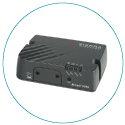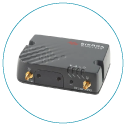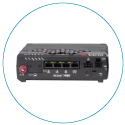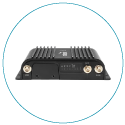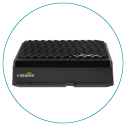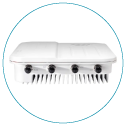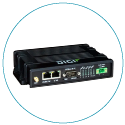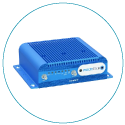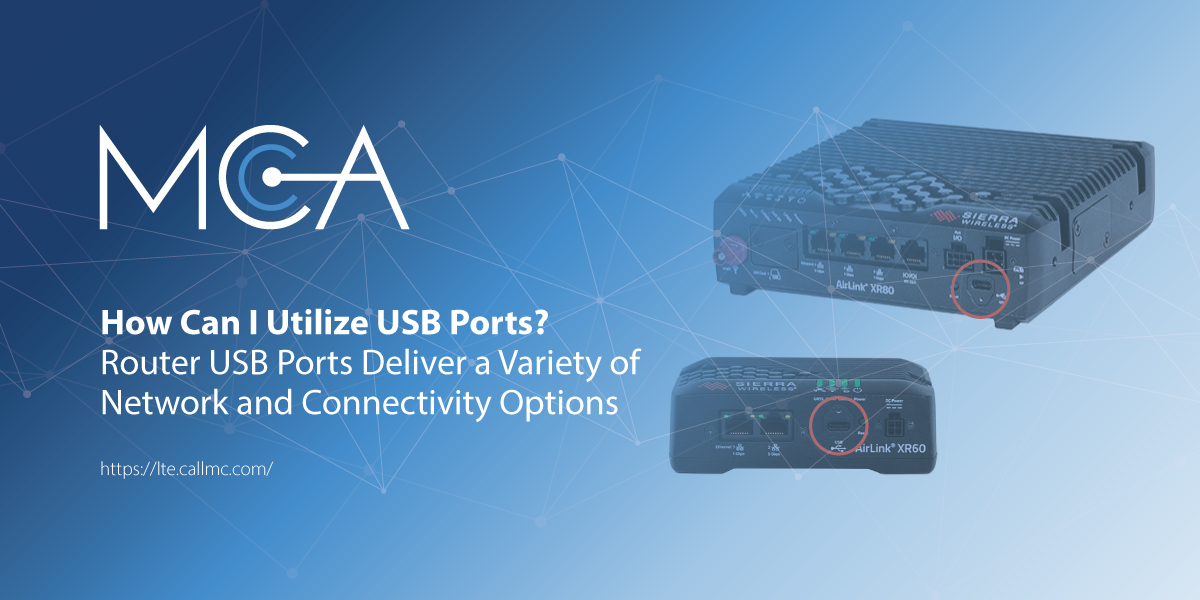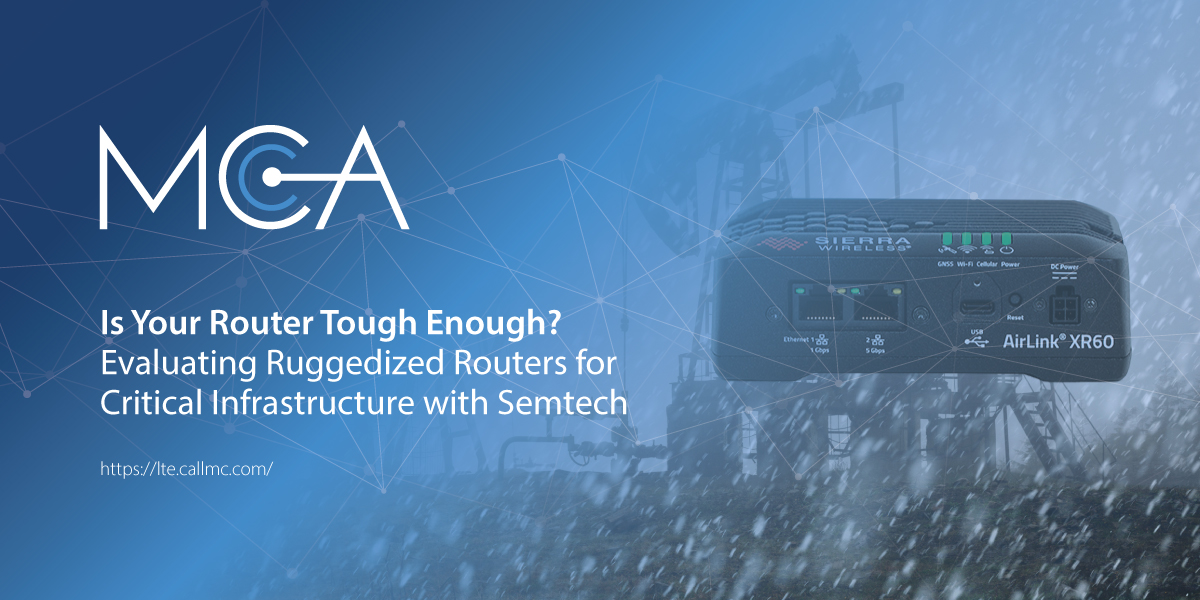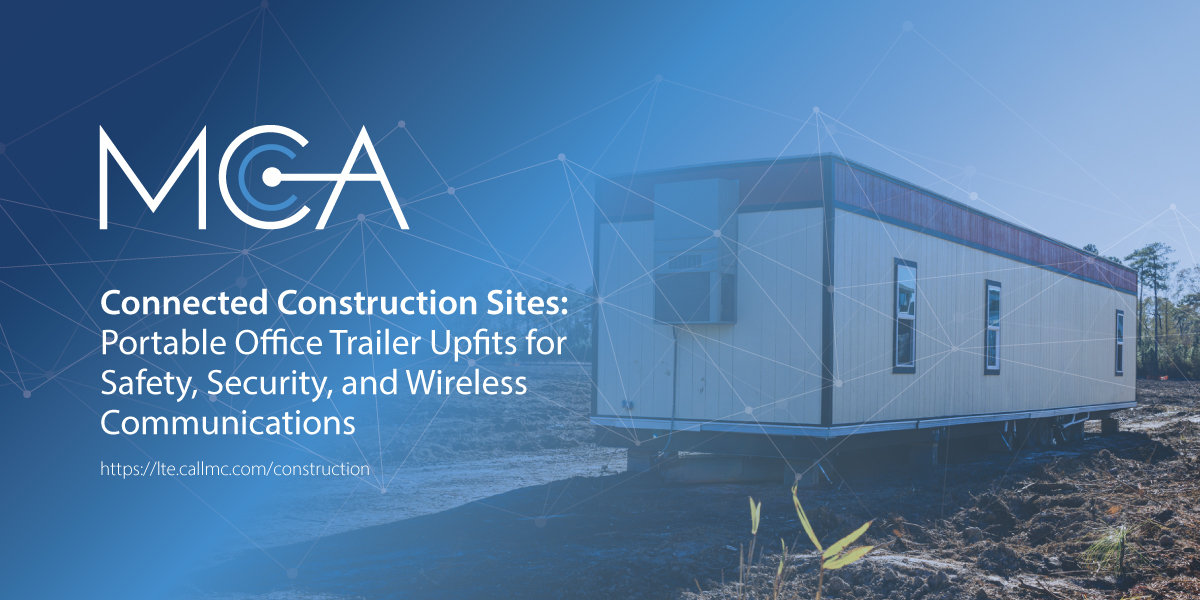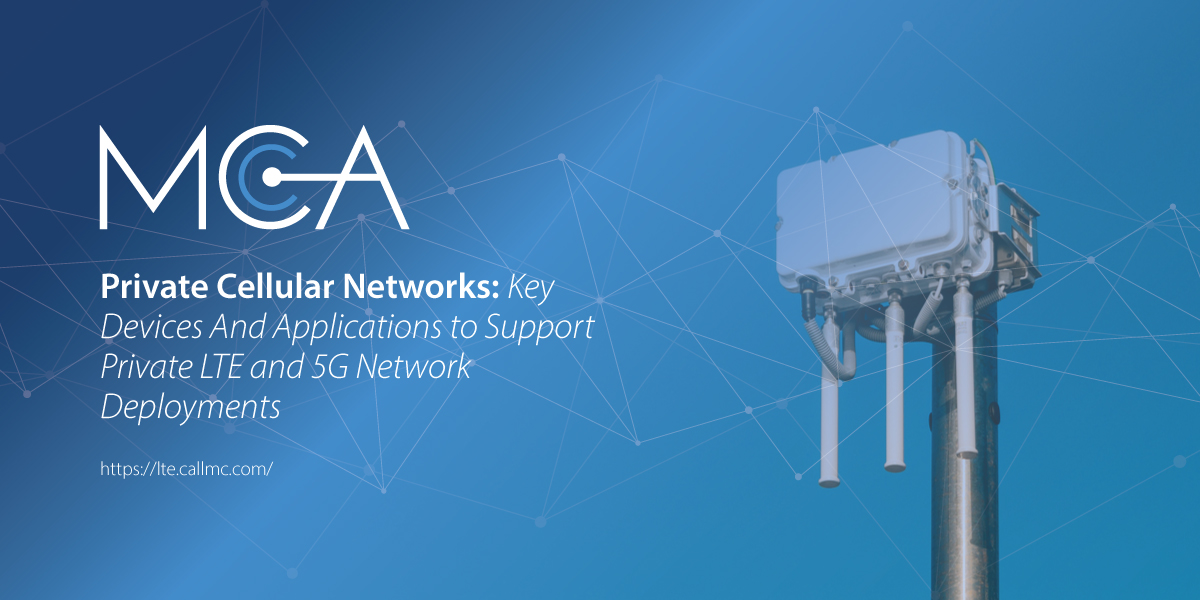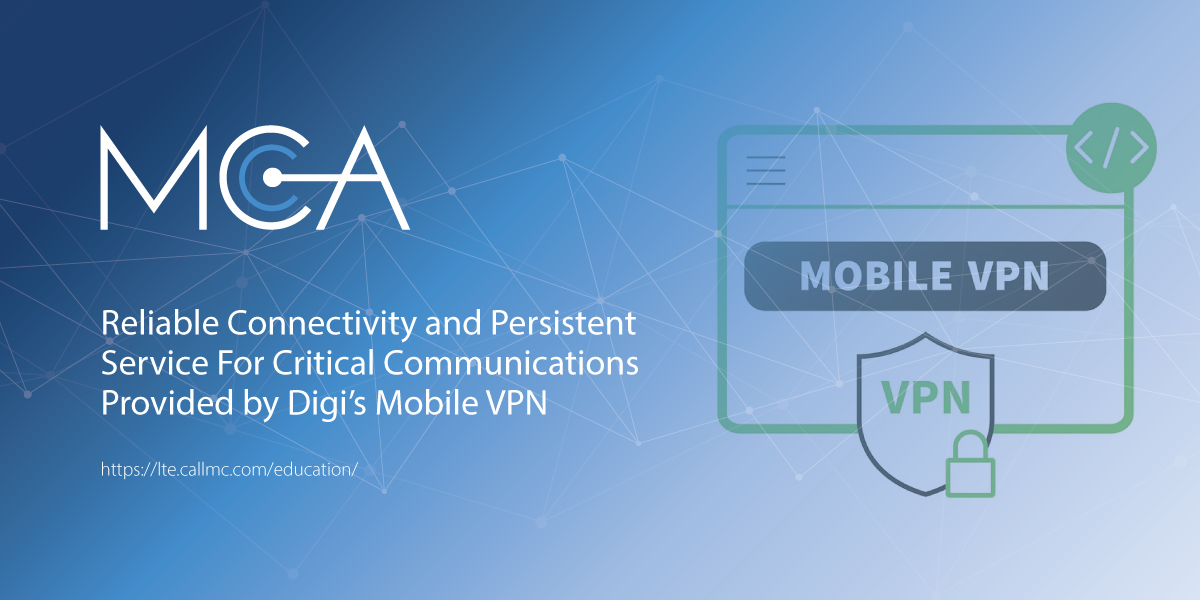Key Devices And Applications Are Necessary To Reap The Many Benefits Of Using CBRS Instead Of WiFi
The possibilities for Private LTE and shared spectrum such as CBRS in enterprise networking are deep and wide — especially as a secure, consistent, high-performance, and cost-effective alternative to WiFi in large areas such as mines, ports, warehouses, airports, manufacturing plants, and even cities.
Deploying a Private wireless (LTE/5G) network entails orchestrating a comprehensive ecosystem of partners and equipment far beyond the confines of a cloud-managed LTE router. Organizations must navigate through an array of essential components in this intricate landscape. These encompass diverse hardware elements, on-premises servers, intricate applications, and integration with public cloud services.
Below, we’ll cover each component that makes up a Private LTE network.
User Equipment (UE) or Customer Premises Equipment (CPE)
Citizen Broadband Radio Service Devices (CBSDs)
These are the small cells that produce radio waves. Many technology partners produce CBSDs, similar to Wi-Fi access points but have a much longer range — thus requiring far fewer pieces of hardware.
Element Management System/Server (EMS)
The EMS is the management system for the Private LTE network. Usually, this is provided by the CBSD vendor, but it also can be delivered by the enhanced packet core (EPC) provider. This management system can either be managed by the end-user organization or offered as a service by a managed service provider (MSP).
Enhanced Packet Core (EPC)
EPCs provide IP data routing to other UEs or the local network on the back end. All Private LTE network traffic must go to the EPC for routing. Depending on the end user's preferences, providers can offer cloud-based or on-premises EPCs. Some even provide a hybrid cloud and on-premises solution. This is a critical piece to consider because the applications that run on the Private LTE network may only need to stay on the private network and not go to the cloud.
Allocation Server (SAS)
The SAS controls the power and frequencies used by the CBSD radios. The U.S. Navy has priority on all CBRS channels. Those who purchase priority access license frequencies in the FCC spectrum auction have priority access to their channels whenever the Navy isn’t using them.
the general populace can use any frequencies that aren’t in use. The FCC will be auctioning off up to seven 10 MHz channels per county for priority access, with a single entity only able to purchase up to four PALs. The remaining eight or more 10 MHz channels will be available for general access.
It's important to stay updated on FCC regulations regarding CBRS spectrum auctions and usage rules, as they may impact the deployment and operation of Private LTE networks.
Core Network
The LTE core network includes various components such as the Mobility Management Entity (MME), Serving Gateway (SGW), Packet Data Network Gateway (PGW), and Home Subscriber Server (HSS). You can either build your core network or opt for a hosted core network solution.
Backhaul Continuity
A robust backhaul network connects LTE base stations to the core network. Depending on the geographical location and requirements, this can be achieved using fiber optic cables, microwave links, or satellite connections.
Antennas and Towers
Antennas are required to transmit and receive LTE signals. They must be strategically placed on towers or rooftops to ensure optimal coverage and capacity.
Primary and Back-Up Power
Reliable power sources are essential for the network's uninterrupted operation. Depending on the location, this may involve grid power, backup generators, or renewable energy sources.
Network Management System (NMS)
An NMS is needed to monitor and manage the various components of the LTE network, including base stations, core network elements, and backhaul links.
Security Infrastructure
Implementing robust security measures is crucial to protect the private LTE network from cyber threats. This may include encryption, authentication mechanisms, firewalls, and intrusion detection systems.
Managed Service Provider (MSP)
There is a growing demand for managed network services, with MSPs playing a crucial role in providing end-to-end support for Private LTE deployments. MSPs can offer expertise in designing and implementing custom solutions tailored to specific enterprise requirements, ensuring seamless integration and ongoing management of Private LTE networks.
In a Private LTE scenario, an MSP can be leveraged to set up and operate the UE, CBSD, EMS, EPC, and SAS on behalf of the end-user. UEs such as Cradlepoint’s cloud-delivered LTE routers can provide the reliability, security, high performance, and cost-effectiveness needed in these multifaceted Private LTE deployments.
About MCA and Our CNS Team
MCA is one of the largest and most trusted integrators in the United States (as well as one of Motorola Solutions largest North American platinum channel partners), offering world-class voice, data, and security solutions that enhance the quality, safety, and productivity of customers, operations, and lives. More than 65,000 customers trust MCA to provide carefully researched solutions for a safe, secure, and more efficient workplace.
Our Cellular Networking Solutions (CNS) team (formerly known as USAT) is made up of certified experts in designing and deploying fixed and mobile wireless data connectivity solutions for public and private enterprises nationwide - complete with implementation, training, proof of concept (POC), system auditing, and on-site RF surveying services with optional engineering maintenance contracts.
Our extensive catalog of world-class routers, gateways, and software designed for remote monitoring and management in even the harshest environments allows us to deliver a full suite of reliable technologies capped with a service-first approach.
Share this Post


